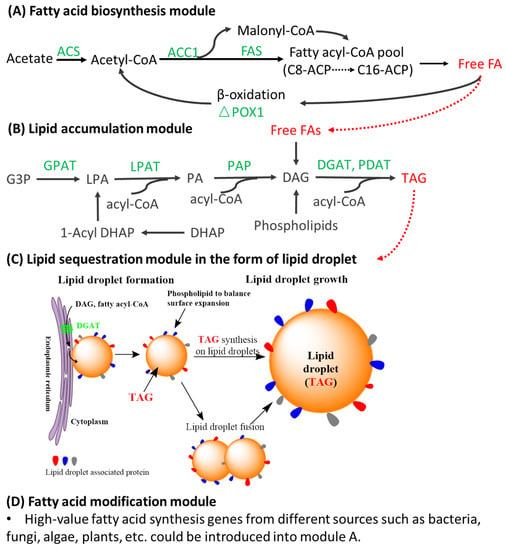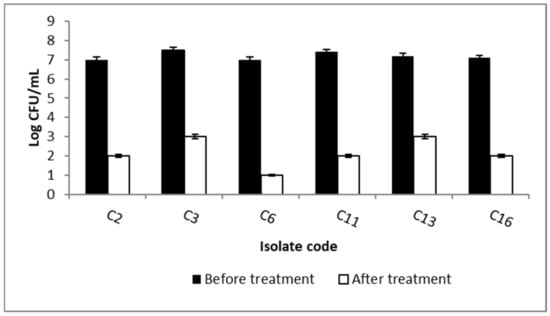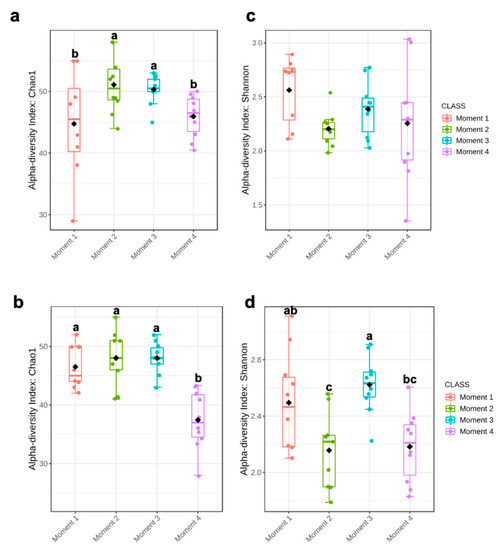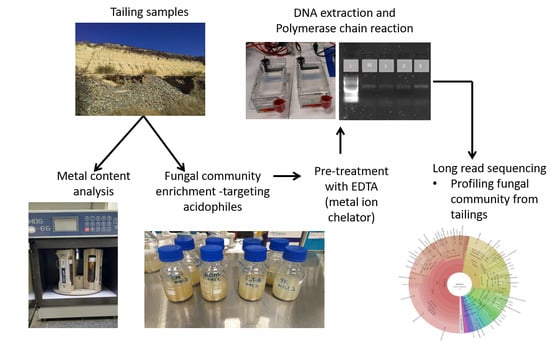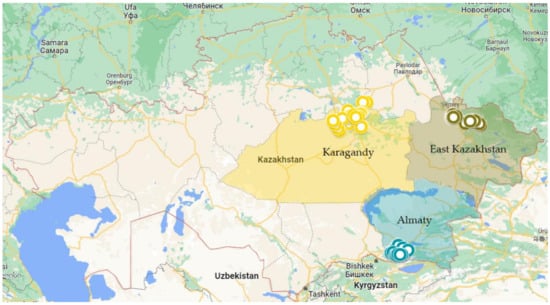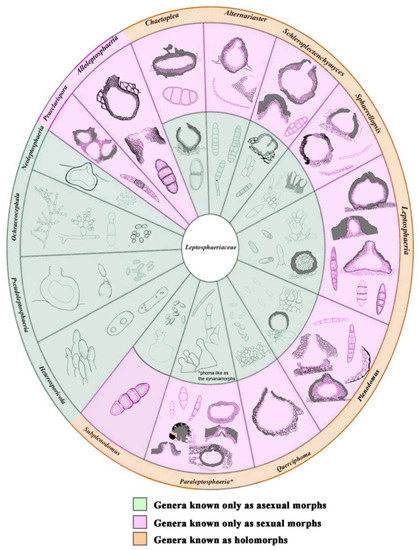J. Fungi 2022, 8(5), 427; https://doi.org/10.3390/jof8050427 - 21 Apr 2022
Cited by 18 | Viewed by 6345
Abstract
Microbial lipids have been a hot topic in the field of metabolic engineering and synthetic biology due to their increased market and important applications in biofuels, oleochemicals, cosmetics, etc. This review first compares the popular hosts for lipid production and explains the four
[...] Read more.
Microbial lipids have been a hot topic in the field of metabolic engineering and synthetic biology due to their increased market and important applications in biofuels, oleochemicals, cosmetics, etc. This review first compares the popular hosts for lipid production and explains the four modules for lipid synthesis in yeast, including the fatty acid biosynthesis module, lipid accumulation module, lipid sequestration module, and fatty acid modification module. This is followed by a summary of metabolic engineering strategies that could be used for enhancing each module for lipid production. In addition, the efforts being invested in improving the production of value-added fatty acids in engineered yeast, such as cyclopropane fatty acid, ricinoleic acid, gamma linoleic acid, EPA, and DHA, are included. A discussion is further made on the potential relationships between lipid pathway engineering and consequential changes in cellular physiological properties, such as cell membrane integrity, intracellular reactive oxygen species level, and mitochondrial membrane potential. Finally, with the rapid development of synthetic biology tools, such as CRISPR genome editing tools and machine learning models, this review proposes some future trends that could be employed to engineer yeast with enhanced intracellular lipid production while not compromising much of its cellular health.
Full article
(This article belongs to the Special Issue Yeast Genetics 2021)
►
Show Figures
